Komatsu WA75-3 Wheel Loader Service Manual
$36.00
Enhance your understanding of the Komatsu WA75-3 Wheel Loader with our comprehensive manual package. This set includes:
- Shop Manual: Available in two versions, with 252 pages and 422 pages.
- Parts Catalog: Detailed with 232 pages.
Specifications
- Brand: Komatsu
- Model: WA75-3
- Type: Wheel Loader
- Serial Numbers:
- WA75-3: HA300051 and up
- WA65-3: HA940051 and up
- WA65-3 Parallel Lift: HA050051 and up
- WA75-3: HA950051 and up
- WA85-3: HA960051 and up
- WA90-3: HA970051 and up
- WA95-3: HA980051 and up
- Included Manuals: Shop Manual and Parts Catalog
- Publication Number: VEBM310100
- Language: English
- Format: PDF
These manuals are essential for detailed maintenance and parts reference, ensuring optimal performance of your equipment.

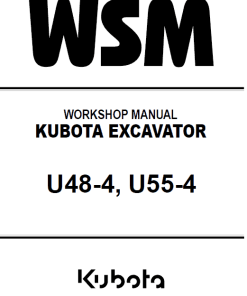 Kubota U48-4, U55-4 Excavator Workshop Service Manual
Kubota U48-4, U55-4 Excavator Workshop Service Manual  Komatsu D40A-1, D40P-1, D45A-1, D45P-1, D45S-1 Dozer Manual
Komatsu D40A-1, D40P-1, D45A-1, D45P-1, D45S-1 Dozer Manual 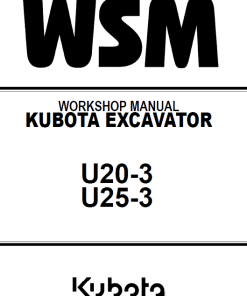 Kubota U20-3, U25-3 Excavator Workshop Manual
Kubota U20-3, U25-3 Excavator Workshop Manual 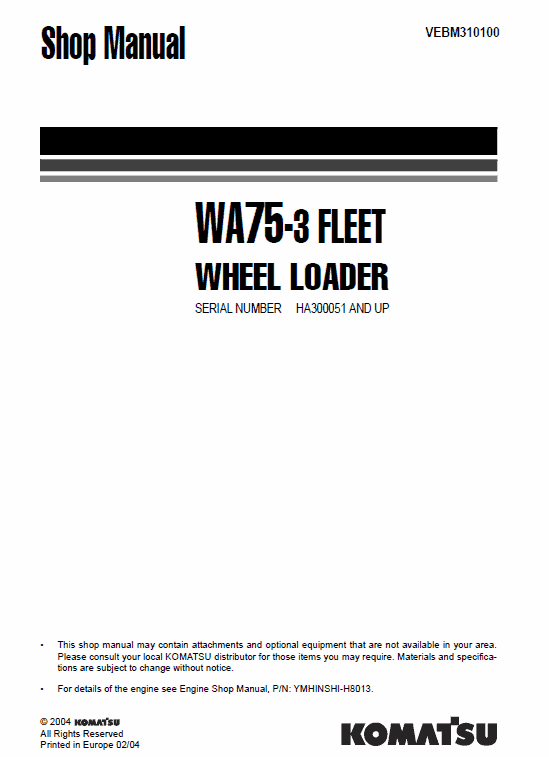
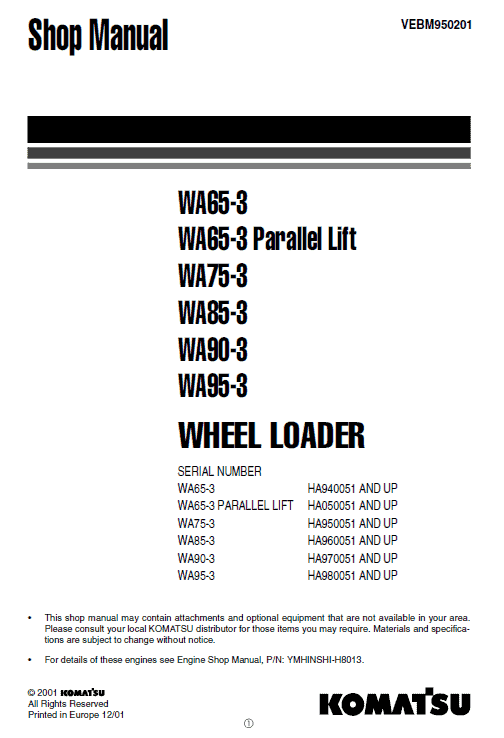
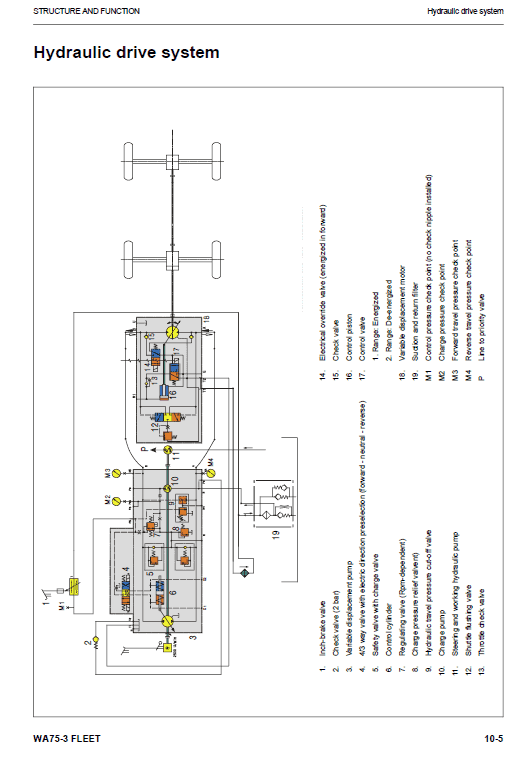
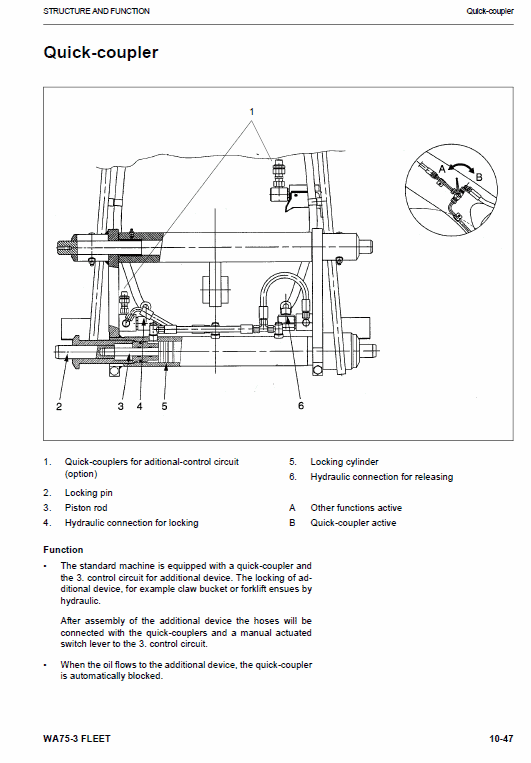
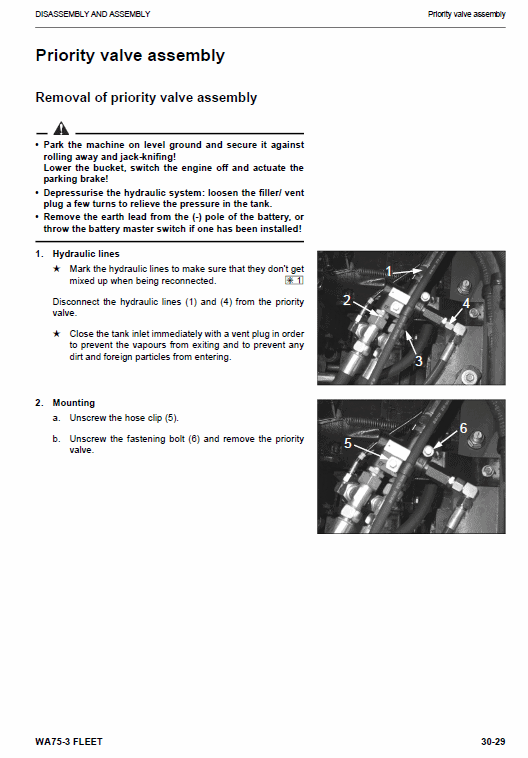
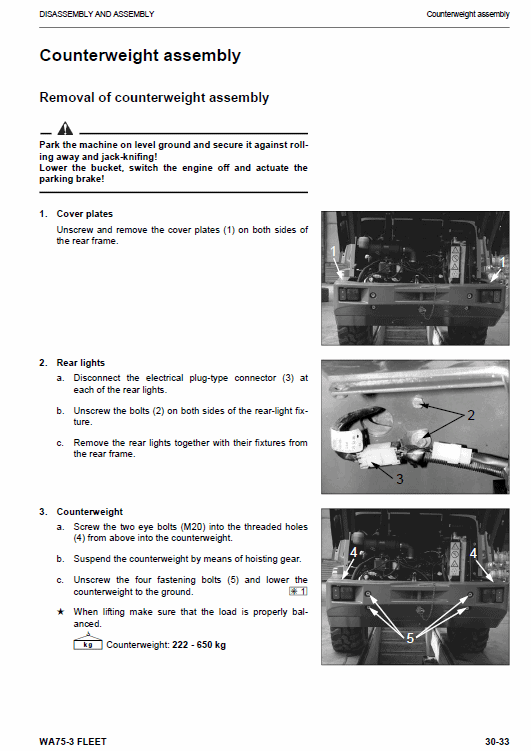
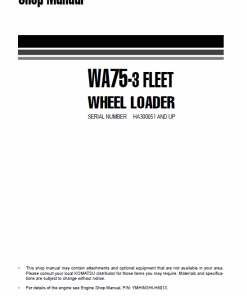
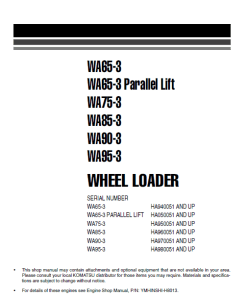
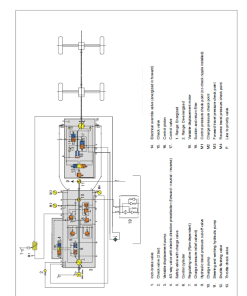
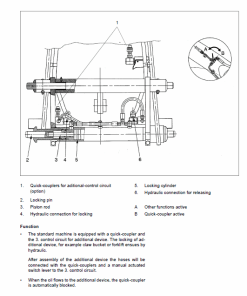
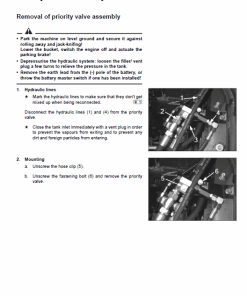
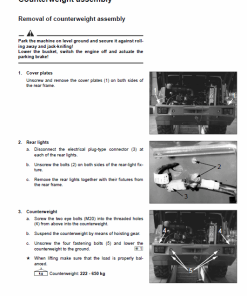


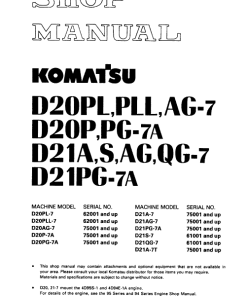
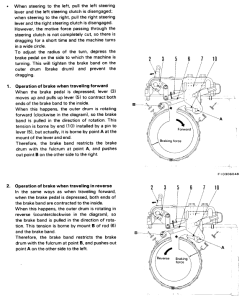
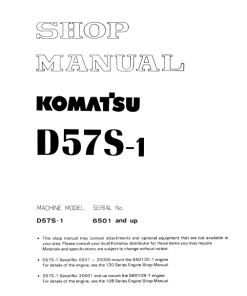
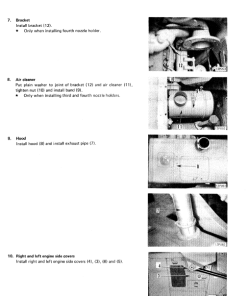
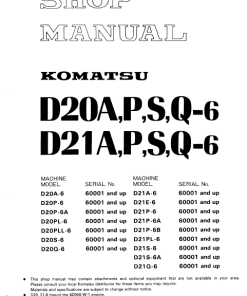
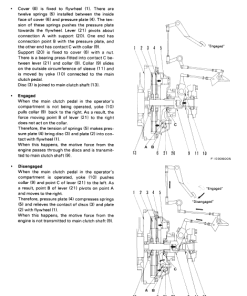
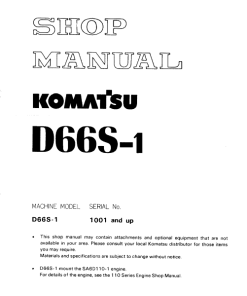
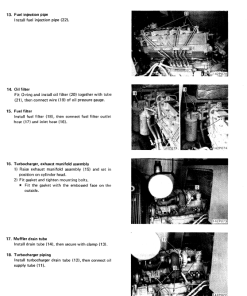
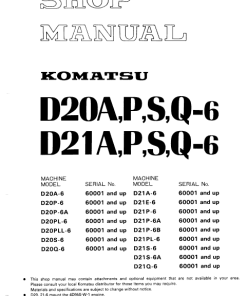
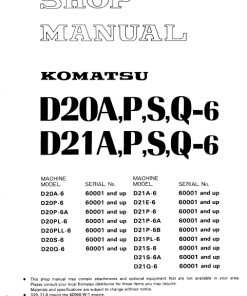
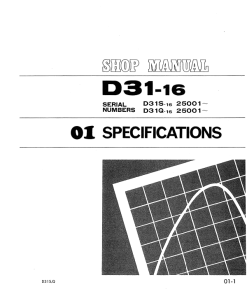
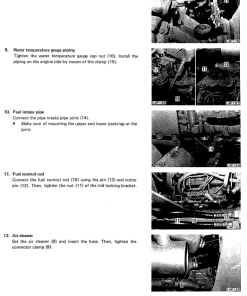
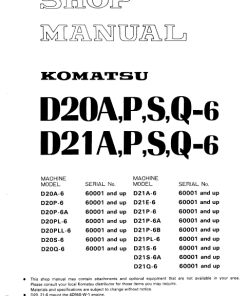
Reviews
There are no reviews yet.